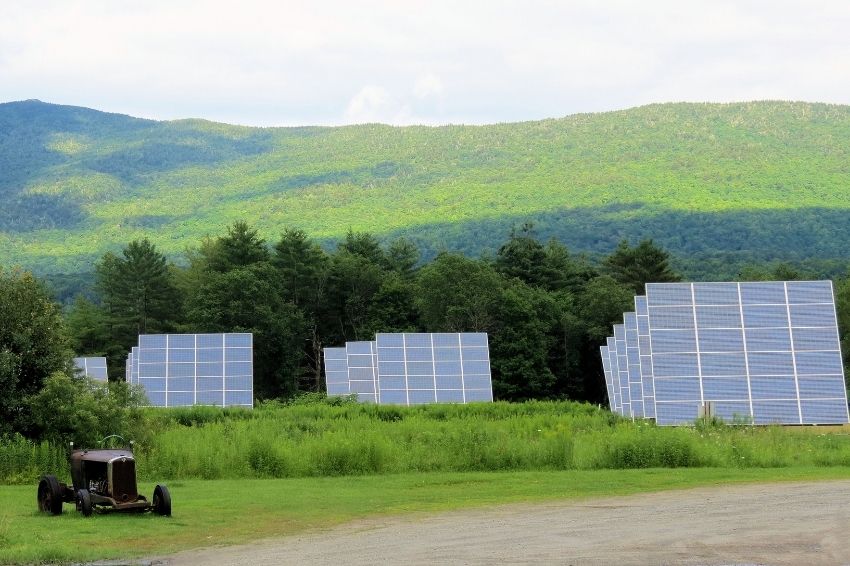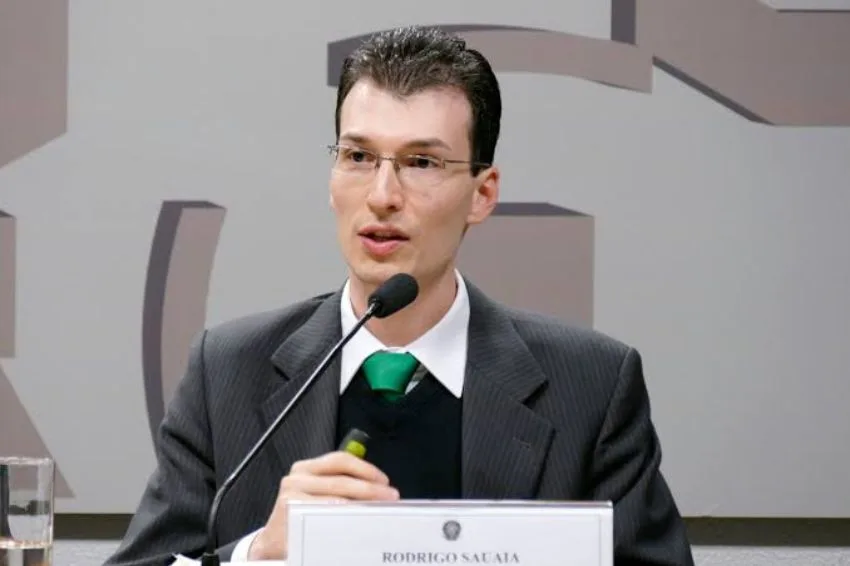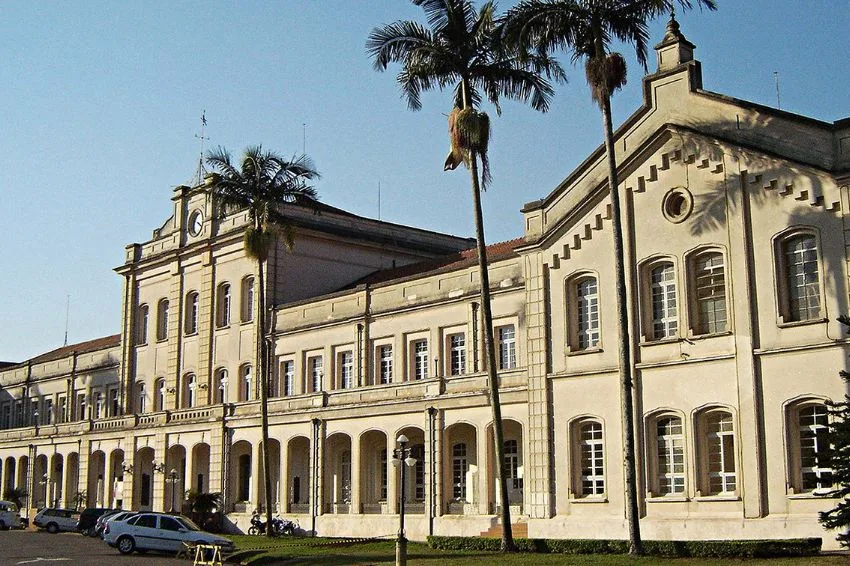Solar energy in the distributed micro and minigeneration segment surpassed, this Thursday (4), the mark of 1 GW of installed power in rural areas. In total, there are already more than 48 thousand photovoltaic systems in operation in the field, according to data from ANEEL (National Electric Energy Agency).
Compared to the beginning of the year, the growth of the source in homes far from large urban centers grew by around 62%, jumping from 615 MW of solar power installed on the first day of January to the current 1 GW.
Over the next few years, rural areas are expected to continue experiencing an acceleration in the installation of new DG (distributed generation) projects, potentially reaching 2.5 GW by the end of 2022.
Of this amount, more than 95% should continue to be solar energy, according to an assessment by Carlos Evangelista, president of Brazilian Distributed Generation Association (ABGD). “Solar energy continues and will continue to be in first place because of the ease of modularity that the technology has. It is extremely quick to install (less than 24 hours)”, he commented.
Currently, the field is the third environment with the most installed solar power in Brazil, behind only homes and commercial establishments, with 3.09 GW and 2.57 GW, respectively. “By the end of next year, the rural sector will get closer to the commercial sector. It won’t be as big a difference as it is today,” said Evangelista.
According to the AGBD executive, there are several reasons why DG – especially solar – is growing considerably in the field. Among them are: the high cost of electricity, the search for greater competitiveness in the agribusiness sector and the various lines of special financing.
Another component that, according to him, also helps to explain the growth of GD in rural areas is the likely approval of the GD Legal Framework in the Senate. The document does not yet have a date for it to be voted on by parliamentarians, but it aims to provide incentives for the use of renewable energy.
















